The Tragedy of Our Time: Is This the End of Our Family’s Farm?

Our Farm Update as of late
Our family farm, that has been caring for the land and animals while producing wholesome milk since the 1940’s and is currently, this day, in serious danger of having nowhere to go with our milk. To make a long story short, it means there is not a milk processing plant that is able to take in our milk anymore, and we may be forced to sell our beloved dairy cows. You might be asking, ‘why’? The answer is complex and it would take more pages than you would be willing to read to entirely understand the answer. This week it’s two local dairy farms, but next week, it could very easily be the next dairy farm(s) down the road. We are still unsure how we will recover or move on from this.
Beginning with the easiest reason, school is about to be let out for the year. Which means schools aren’t consuming milk in the summer like they are the other 9 months out of the year. Just like many other businesses, milk processors are struggling with a major labor shortage. This means there is no one available on certain days of the week or even at all to process our milk at the plant.
Dairy cows don’t take days off- it’s our responsibility as dairy farmers to provide them with daily care. Regulatory burdens and red tape inspection delays can often create havoc for our milk processing plants. There’s government overreach and discrimination along with unrealistic regulations at both city and state levels. Folks are becoming more and more removed from understanding where their food actually comes from, tip, it’s NOT the grocery store. Unfortunately for our multi-generational family dairy farm, it truly is a perfect storm of factors out of our direct control.
See ways you can help at the end of this post!
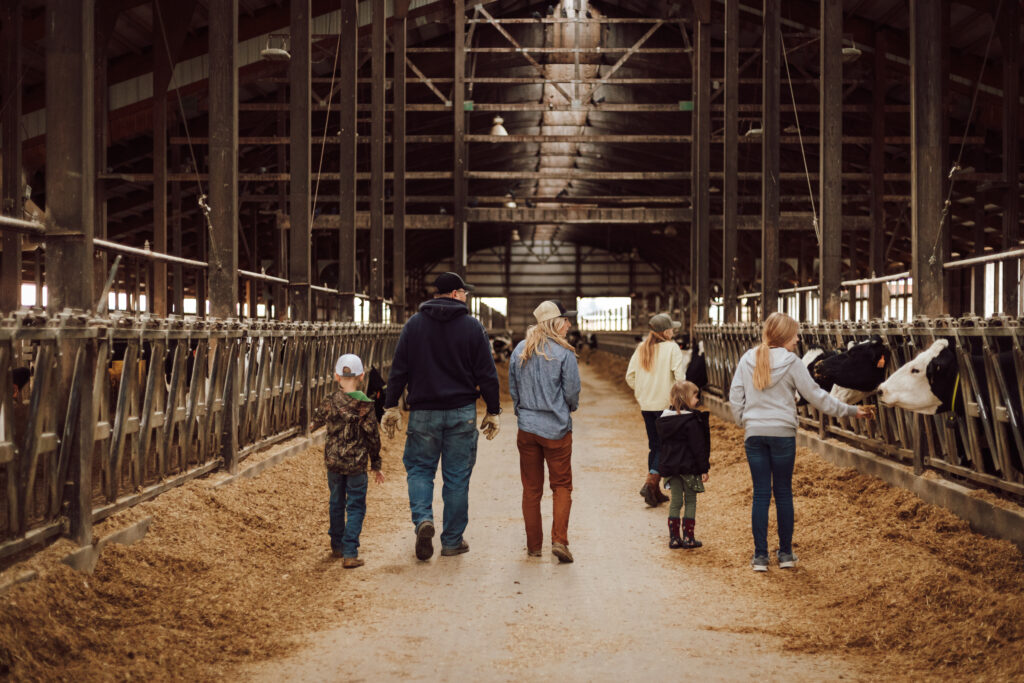
Local dairy farms are the backbone of rural communities…
Contributing to local economies, providing jobs, paying taxes, spending considerable dollars at other local businesses and supplying fresh, quality dairy products. Our kids and our employees’ kids attend schools here. We buy gas and groceries, tractor parts and vehicles all within a 40-50 mile radius. Then there are the churches we attend, the local animal health services, car fix-it shops that we frequent, and yes, even the donut shops. Take away our ability to support our community, and now how are things looking?
However, the closure of a local dairy farm can have severe consequences, including other farm-related businesses selling out, the loss of jobs, and a decline in business for other supported establishments. Let’s explore the importance of supporting local dairy farms and examine the economic effects that occur when these farms are forced to shut down.
Local dairy farms play a crucial role in sustaining rural economies by creating employment opportunities, generating income, and supporting ancillary businesses. By supporting local dairy farms, we contribute to the economic resilience of rural communities. On average, in Minnesota, dairy farms spend 1.9 million dollars annually with the majority spent locally.
Dairy farming provides jobs not only for farmers but also for farm workers, veterinarians, equipment suppliers, and other service providers. The closure of a dairy farm disrupts this intricate web of economic interdependencies, resulting in job losses and financial instability for the entire community. On our farm alone, we employ 20 people who all bring unique talents and skills from animal care to feed specialists; they each serve as an integral part of our farm’s team.
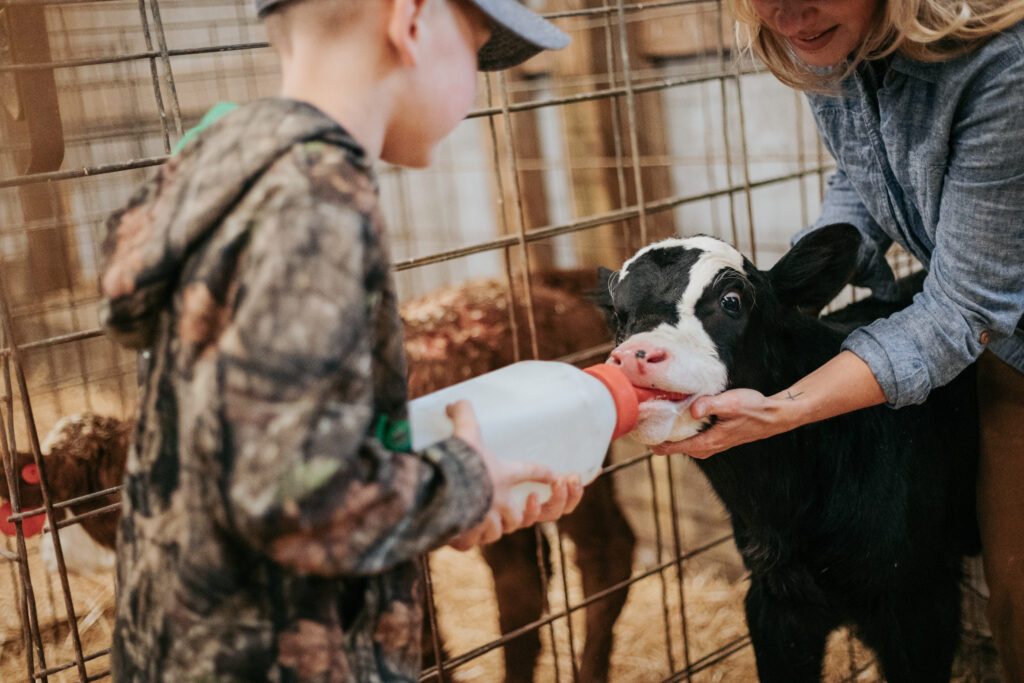
Lets get some perspective.
A highly educated doctor spends several years training, studying, maybe traveling to become the best they can be in their field. After all, there are people to save, illnesses to cure and babies to deliver. But say this doctor’s only food source was the one they grew or raised at their home in order to eat and nourish their family. When would they have had time to be the greatest doctor, saving thousands of lives and performing hundreds of surgeries? Could you picture your next neurosurgeon needing to stop mid- brain tumor removal so they could go home to milk the cow, quick?
In Uganda, the only way folks might survive is by growing their own food and raising animals for meat. With the droughts and growing conditions there, even that is difficult. Each family is in charge of growing up their own food source. There is no Walmart. This is also why Uganda is considered a 4th world country. The next obvious fact is, that if they can’t nourish bellies, how would one even begin to fathom ‘I think I should go to school to become a doctor’ or let’s change our living conditions?
The United States has been proclaimed the land of opportunities. I can’t imagine what our country, and frankly, the world might look like if each one of our families, here, had to to be in charge of growing their own food. Are you prepared to buy a milk cow? Do you have the knowledge about how to care for her? This is why doctors are doctors and dairy farmer are dairy farmers. Each is a specialized profession.
The families involved in agriculture raise and produce food to help support our nation and her families. It’s our job and we are so very passionate about it, but we need your support to be able to continue on.
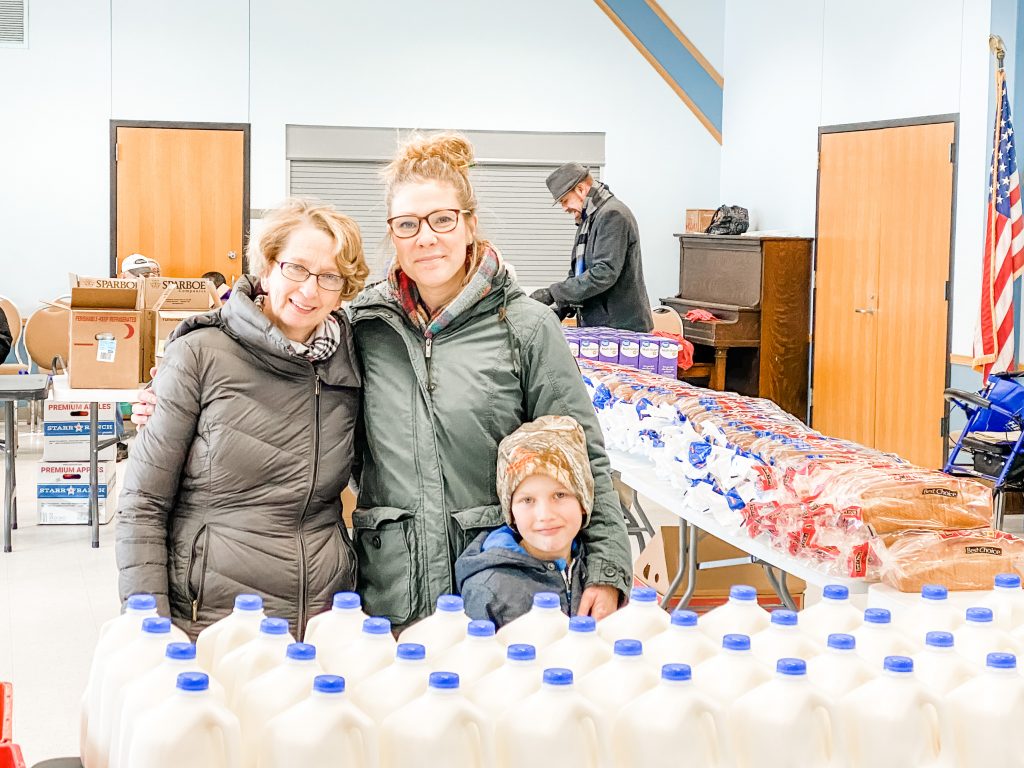
Threat to Agricultural Diversity
The closure of a local dairy farm can lead to a domino effect, where neighboring farms may also face financial difficulties and eventually be forced to sell out. This phenomenon threatens the agricultural diversity of the region. When dairy farms disappear, it becomes increasingly challenging to maintain a balanced agricultural landscape. Livestock help support crop farming and vice-versa.
When dairy farms leave the community, unintended consequences may result with potentially detrimental effects on the environment. For instance, dairy farmers like our family raised alfalfa to feed our cattle. Alfalfa is a truly magical perennial forage that not only provides a key ingredient in our cow’s daily feed, but it’s also good for the environment by holding soil in place year after year.

Impact on Supporting Businesses + Local Economy
Food and agriculture drives a significant share of Minnesota’s overall economic activity, contributing $88.8 billion in total sales, $29.7 billion in value-added output and 320,000+ jobs. This represents 8% of the state’s workforce and 9% of state GDP. –Minnesota Chamber of Commerce
Agricultural production and processing industries generate over $112 billion annually in total economic impact and support more than 431,000 jobs. MN.gov
According to UW-Madison, the average dairy cow generates over $34,000 of economic activity every year. That’s a lot of moola (sorry, needed a comic relief).
Specifically our family’s farm supports 68 local agricultural businesses and 12 local ag professionals. Nearly all of our farm income is reinvested in our farm. About 98% of our income goes to paying our employees, paying for feed, machinery repairs, veterinarian bills, and maintaining our facilities.
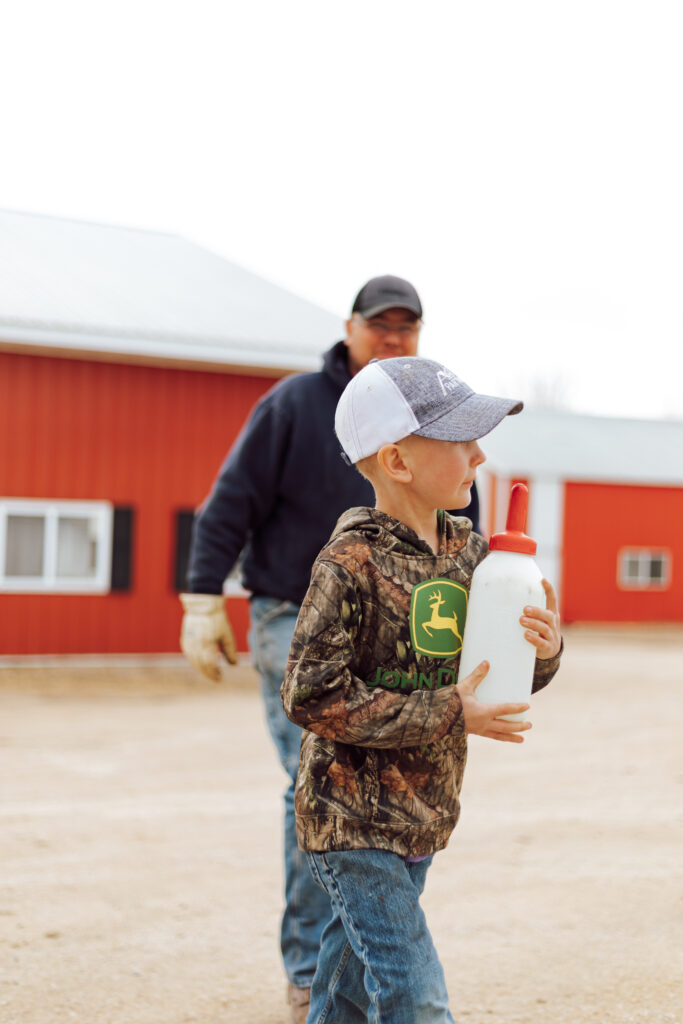
Local dairy farms directly rely on various supporting businesses like, electricians, such as feed and seed suppliers, computer and technology services, equipment manufacturers, plumbers, veterinarians, and transport companies. The closure of a dairy farm reduces the demand for goods and services from these supporting businesses, causing a decline in their revenue and potential layoffs.
Additionally, other local businesses, including grocery stores, cafes, and restaurants, that depend on a steady supply of fresh, local dairy products may experience a drop in customer traffic, resulting in reduced profitability and potential closures.
The fewer farms we have, the higher food costs will become. The current shortage of labor will decrease the amount of food we can make, process and ship to a store and this will directly affect the cost of production and therefore the price of food.
Currently this is affecting our dairy industry, but agriculture far and wide is not exempt from the same outcome. If you eat it, it’s likely to increase. From cereals, to meat, fruits, grains, bread, vegetables, and flours. Can you imagine a summer with no ice cream? Cookies with no milk? Bread without butter?
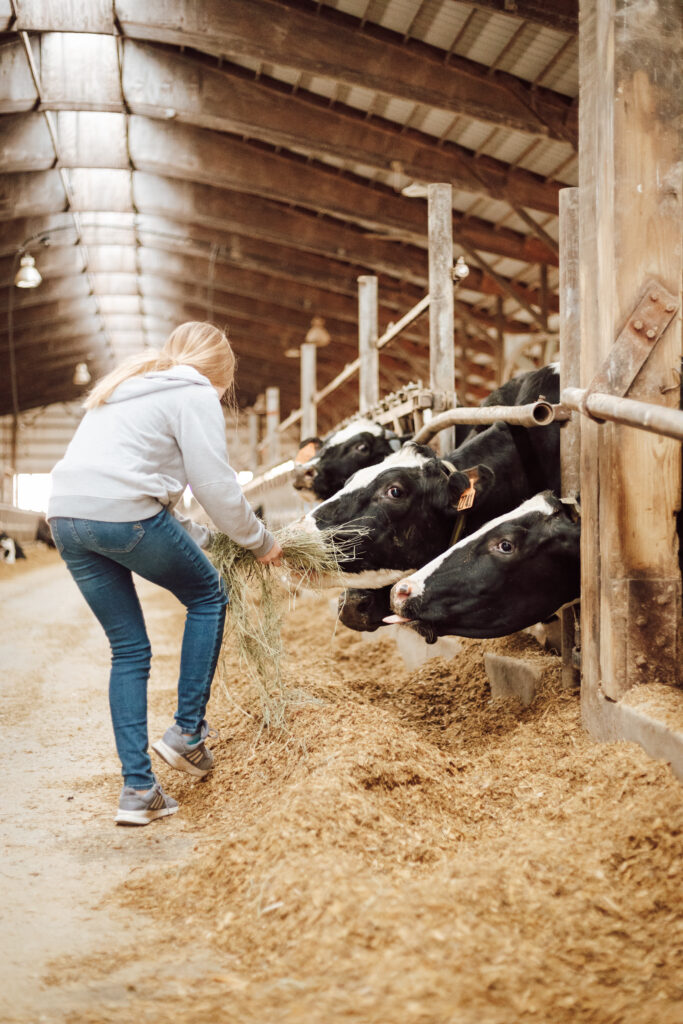
Environmental Implications
Farmers are the primary protectors of the land. Our farm sequesters 8 tons of carbon out of the atmosphere with every acre of corn that we grow, assist in caring for our land and make sure that when folks say they want to ‘move to the country’, that there’s actually open spaces that can still be considered ‘country’. We do that! We plant cover crops, protecting the soil so the earth stays put from wind and water erosion, while building up more organic matter.
Local dairy farms, like ours, often prioritize environmentally sustainable practices, including responsible stewardship of the land, water conservation, and reduced use of chemicals. Closure of dairy farms could potentially lead to severe changes in land management that could prioritize efficiency over sustainability.
The resulting environmental impact could include soil degradation, water pollution, and loss of biodiversity, negatively affecting the community’s natural resources and quality of life.
Supporting local dairy farms is essential for the economic vitality and environmental sustainability of rural communities. By choosing locally produced dairy products, consumers can contribute to the preservation of jobs, the maintenance of agricultural diversity, and the sustenance of supporting businesses.
Furthermore, supporting local dairy farms ensures the continuation of sustainable farming practices, responsible land use, and the preservation of rural landscapes. Remember, your support as consumers has the power to uphold the economic and environmental well-being of our communities, so let us rally behind our local dairy farms and secure a prosperous future for all.
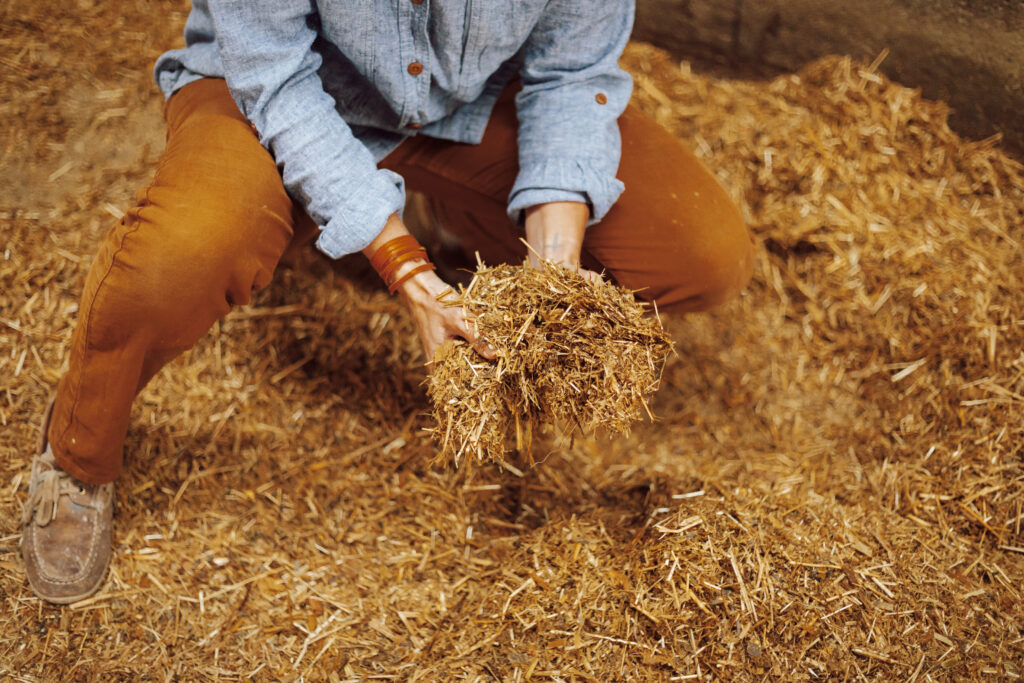
Loss of Agricultural Knowledge and Expertise
Local dairy farms are repositories of generations of agricultural knowledge and expertise. The closure of these farms means the loss of valuable insights on sustainable farming practices, animal care, and land management.
This knowledge gap can hinder the progress of agricultural innovation and have long-term consequences for the community’s ability to adapt to changing agricultural landscapes. This loss may be the most detrimental of all…after all, who do we want growing our food? Our family’s farm alone has had 6 generations of growing food and raising animals on this land. We have learned so many valuable lessons along the way.
We have struggled and we have prospered. Our family is continually learning and improving how we care for our animals and the land each and every day. We love raising our children here, but we are facing the reality of not being able to do what we love, because the dairy industry is facing such large issues. Friends – this is a tragedy that I wish no one has to endure.
A Few Dairy Facts
- 70% of the calcium needs of the U.S. population are supplied by milk and dairy products. https://health.gov/sites/default/files/2019-09/Appendix-E-3.6.pdf
- A dairy farmer receives about $2.00 per gallon for milk produced, which is approximately 40-45% of the amount paid for milk by consumers at the grocery store. https://www.farmprogress.com/management/dairy-industry-facts-0
- The U.S. dairy industry contributes less than 2% of the total greenhouse gas into the environment and has reduced its carbon footprint by 60% in the past six decades. https://www.usdairy.com/sustainability/environmental-sustainability
- 97% of U.S. dairy farms are family- owned farm businesses- including ours! https://www.farmprogress.com/cotton/97-percent-of-all-u-s-farms-are-family-owned
How can I help support a local dairy farm?
*You could purchase our milk! Here is a store locator so you can find a store selling our milk. Are you a grocery store owner and want to have our milk in your store? Message me and we’ll make it happen! If you are reading this from afar, look to see where you are buying your dairy products from. Is that brand supporting local dairies? If so, supporting your local dairy will in turn support your schools, your roads, your community!
*If you feel so inclined and I hope you are as passionate about preserving agriculture as we are, you can contact our Minnesota State Legislators and tell them that dairy farmers are struggling and need people who can help. It is their job to listen and help make change. The squeaky wheel, gets the grease!
*You can Pray!
*You can share our story. Share it with your social media following, share it with your news station, just share it!
*Sharing our Farm Story, our Hearty Recipes and our Handmade Home through the lens our or family via our Blog and YouTube channel has been a passion of mine for the past five years. If you can’t find a local milk location near you, but would be able to support your local dairy farms and can share about our blog and our story, we would offer a huge high five for that and would be forever grateful!
*If we can help one family farm from having to sell their cows and go out of business by writing this article and tell our story, my job will be complete.
30% of family farms will make it to the 2nd generation. 12% of 2nd generation farms will make it to the 3rd generation and only 3% of family farms will make it to the 4th generation. To put that into context of 10,000 farms today only 12 of those would make it to the 4th generation. The current market penalizes small scale operation resulting in financial vulnerability. Preserving and supporting family farms is crucial for maintaining a sustainable and thriving food system that balance economic, social and environmental considerations.
The lost of family farms would have far reaching implications for local food production, cultural heritage, environmental sustainability and community vitality and overall resilience and diversity of America’s food industry.
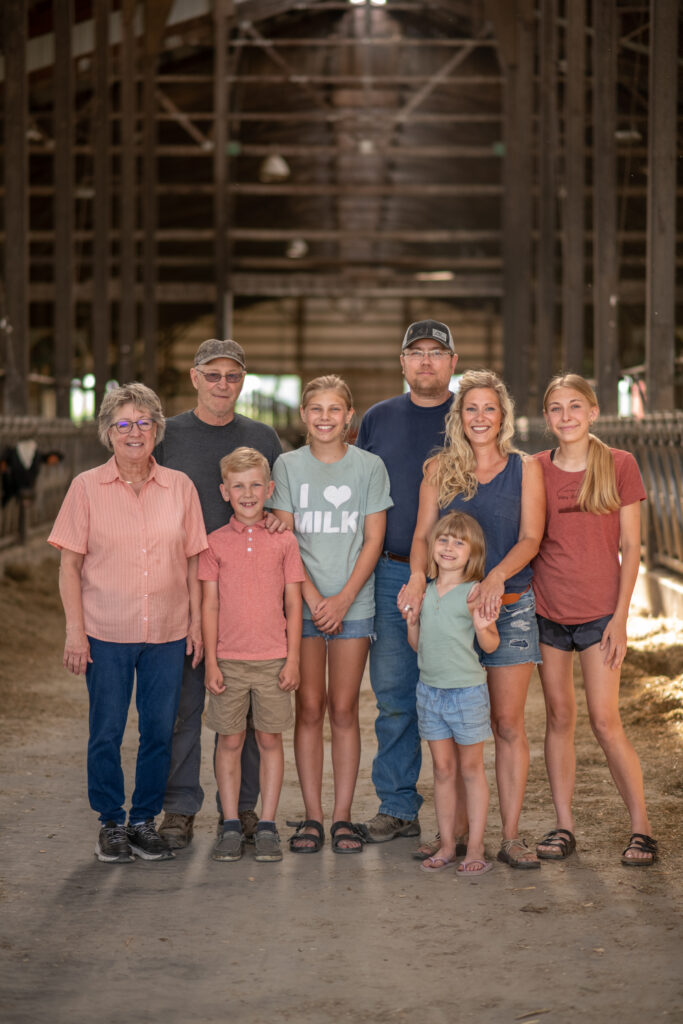
We have made it through tough and hard times on the farm. But this is no longer categorized as a ‘tough time’. This is now categorized as an emergency. If you made it through to the end of this post, I thank you kindly for your love and support!

We made the news!
Affiliate Disclosure & Content Disclaimer
This post may contain affiliate links from a paid sponsor, Amazon or other program. When you use these links to make a purchase I earn a small commission at no extra cost to you. This allows me to continue creating the content that you love. The content in this article is created for information only and based on my research and/or opinion.
Emily T.
Leave a Reply
DAILY INSPIRATION ON THE GRAM @hearty.sol
it's hip to be square!
I wish you and your beautiful family every success and hope that you continue your important work in helping feed a nation. I greatly admire your energy and enthusiasm you have for your chosen career – feeding a nation. Thank you for all your lovely recipes – I’ll be making your home cleaning recipe.
God bless you and your workers that help to feed us.
A reader from Montreal, Quebec, Canada
Thank you kind reader! Bless your heart.